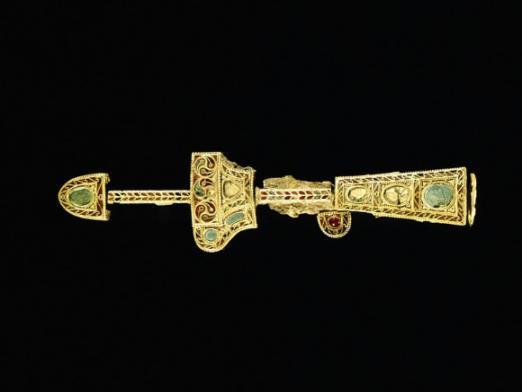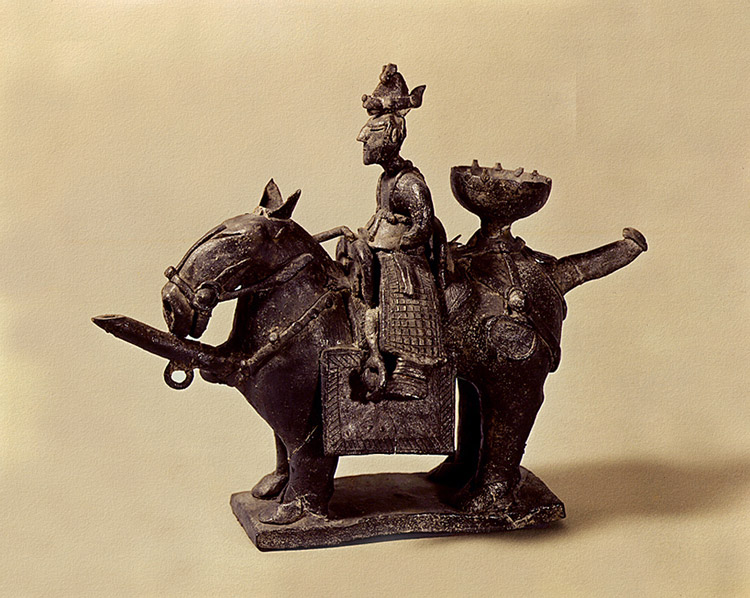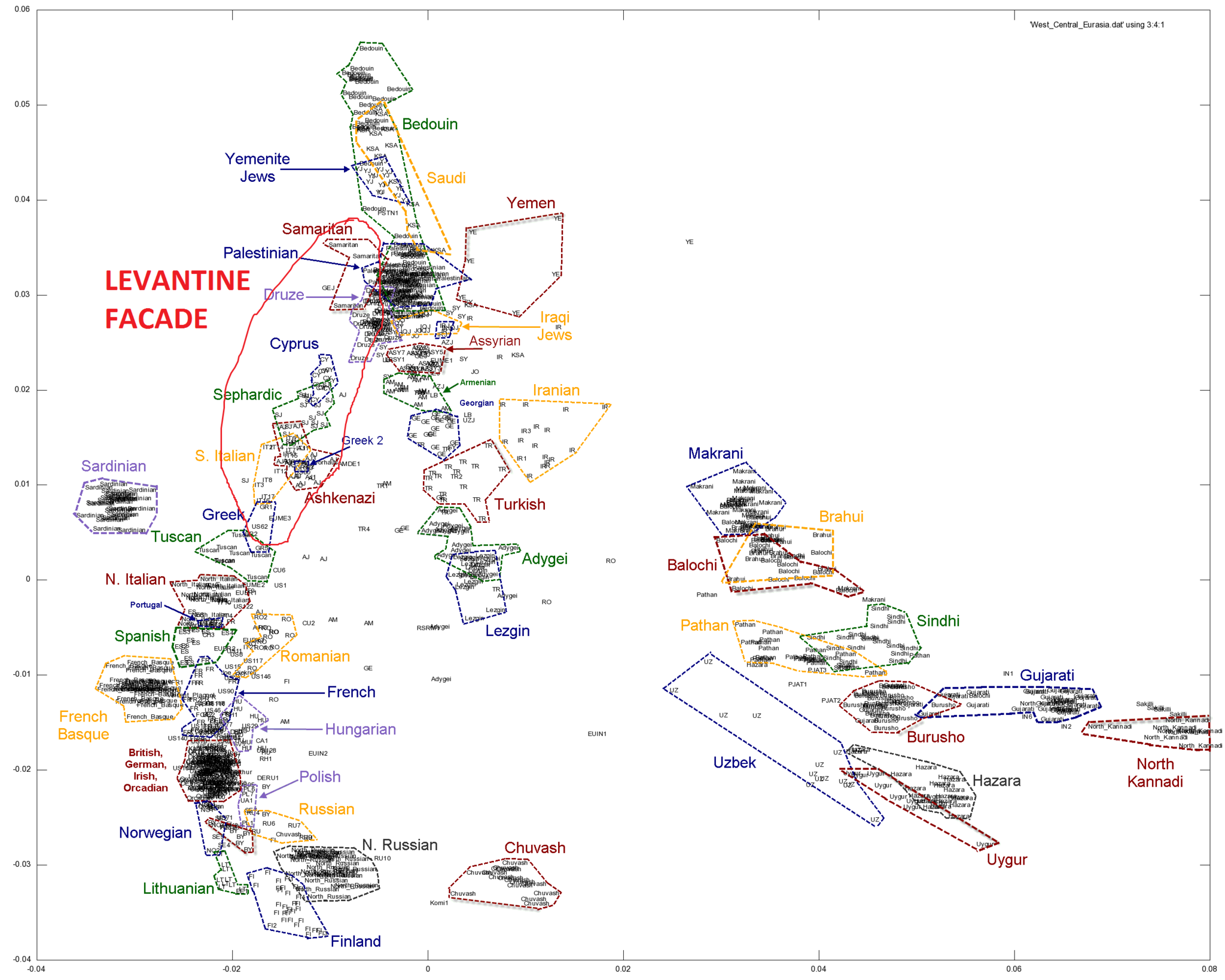Ross Findlay
Junior Member
- Messages
- 3
- Reaction score
- 0
- Points
- 0
- Y-DNA haplogroup
- r1b s116 L21
Hi guys. I'm haplogroup R1B S116 L21 (Celtic - North West European subclade). I'm really having trouble understanding the racial origin of many ancient peoples. Firstly, given that Caucasians belong to Proto Indo European categories: Proto Germanic, Proto Slavic, Proto Italic, Proto Hellenic, Proto Iranic, Proto Celtic, Proto Baltic, and any others I may have accidentally omitted, am I correct in thinking the Thracians are Proto Slavic?, (this is a question based on ethno-genetics not language). My second question is - Am I right in thinking the Huns are a mix of Caucasoid and Mongoloid? and if so, what type of Caucasoid were they - what PIE category? My next question is - Are the Huns Turkic? My understanding was that they were Turkic and that the Turkic were Caucasoid and Mongoloid? - hence why I asked if I was right to assume the huns were so too. Lastly, I read somewhere that the Mongols were in some way Proto Indo European - making them not mongoloid or partly not mongoloid? Thanks to everyone who gives me feedback, I'd really appreciate anyone giving the time to help me get a better understanding of these more ambiguous and fascinating people. 




